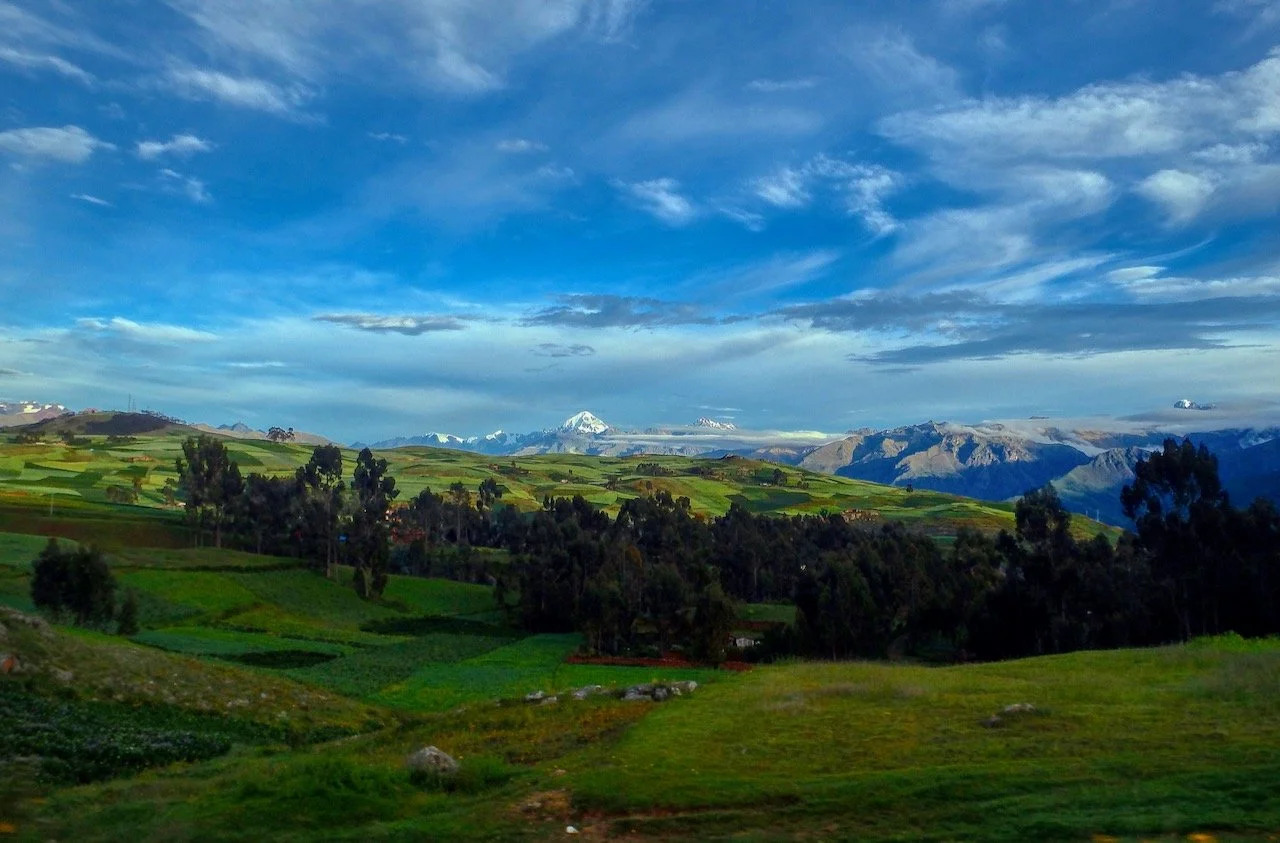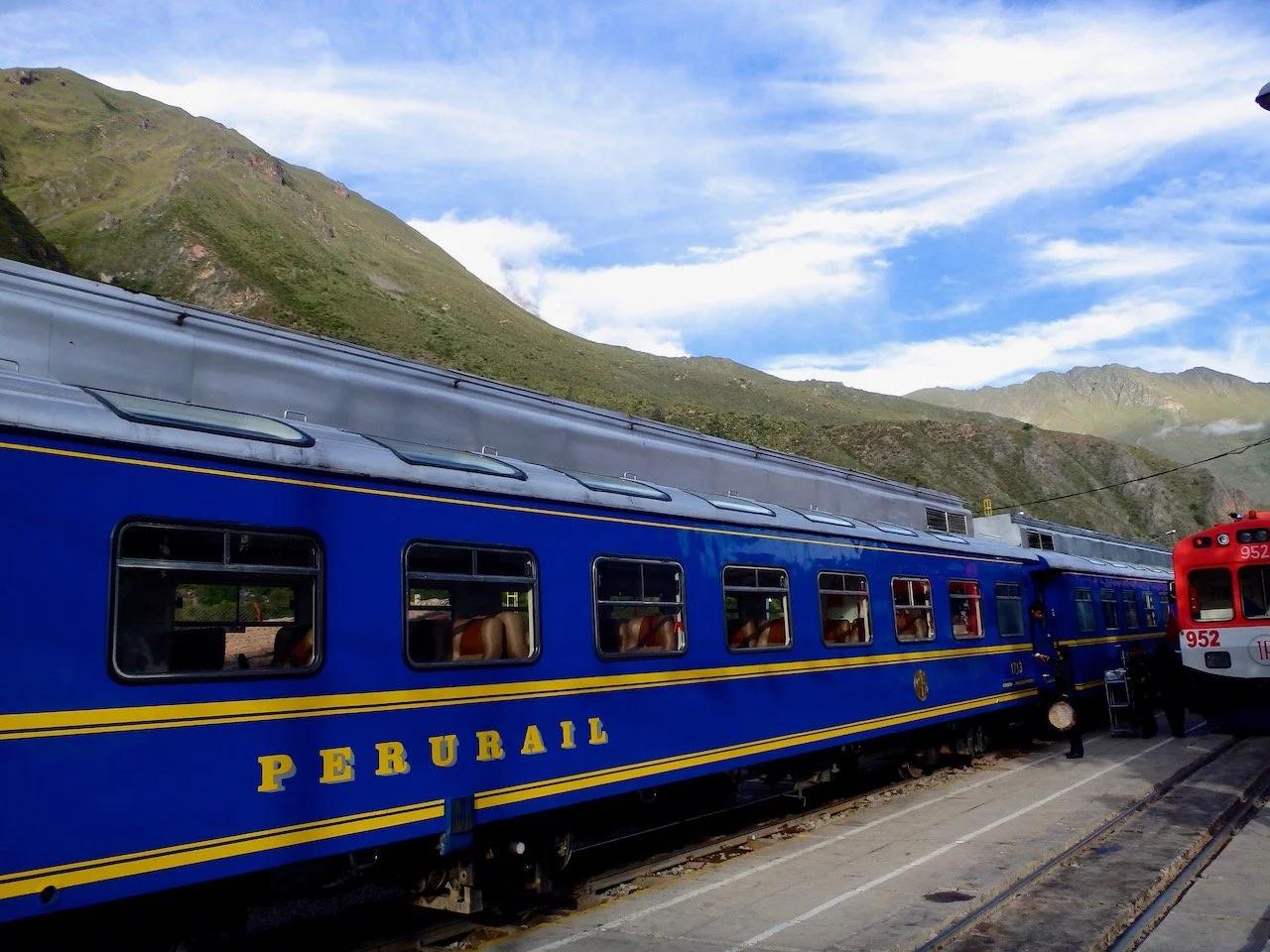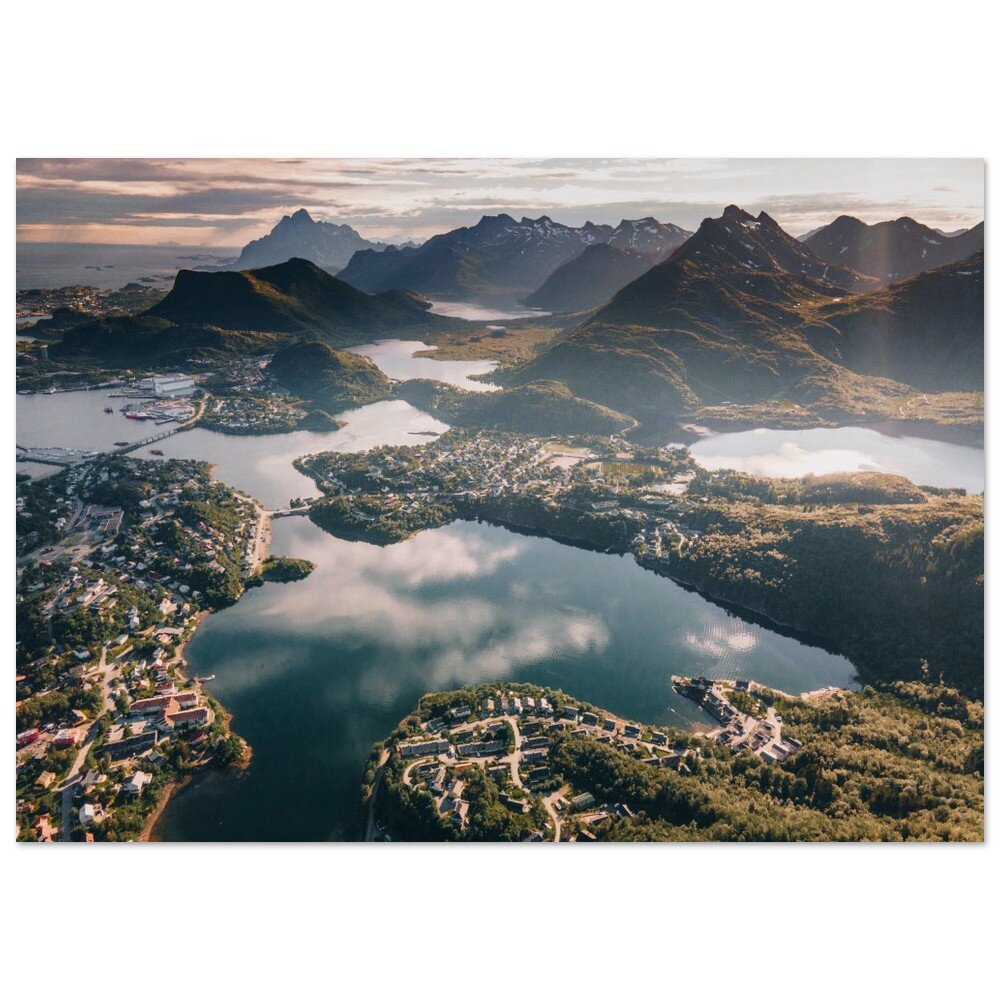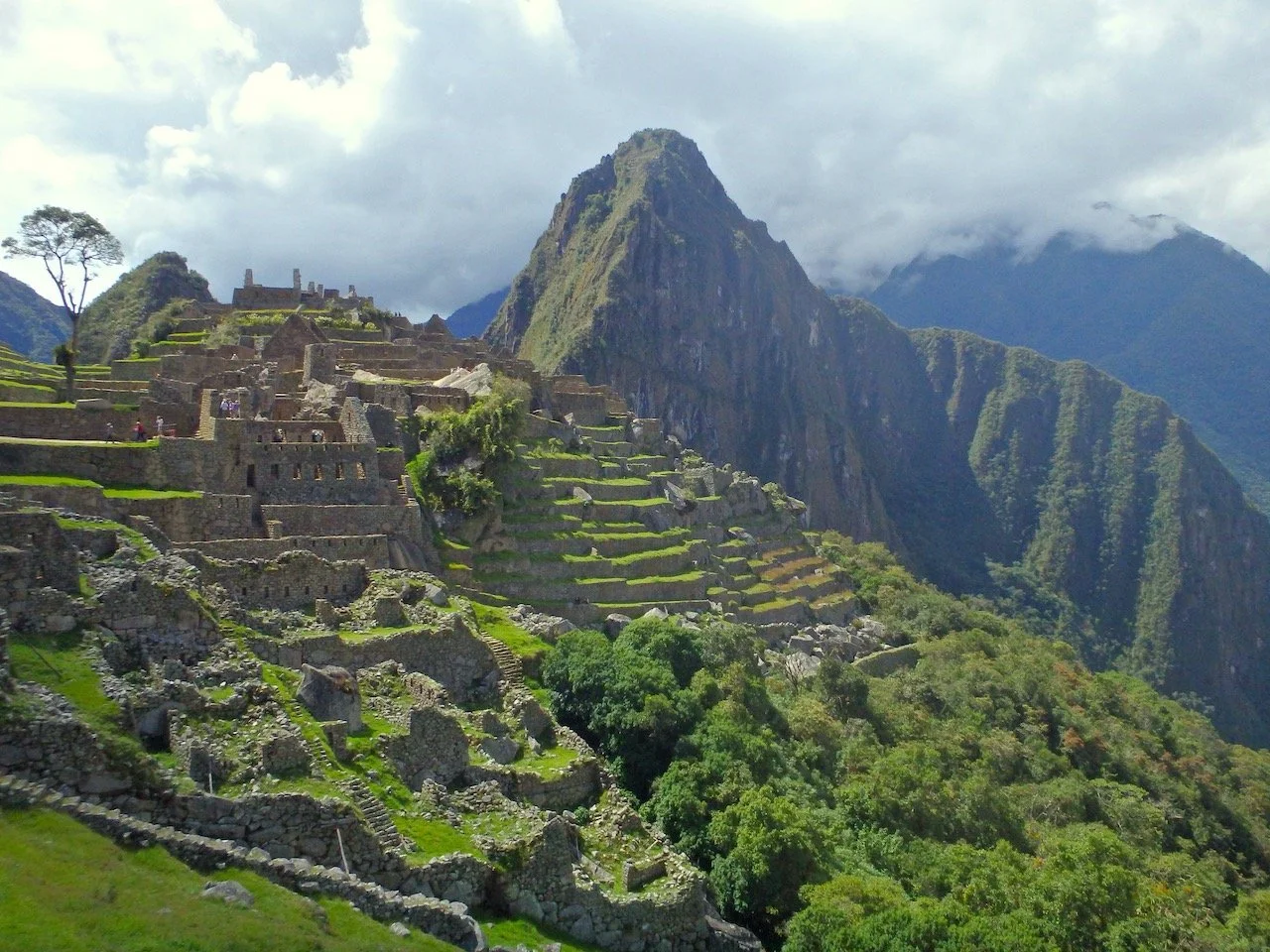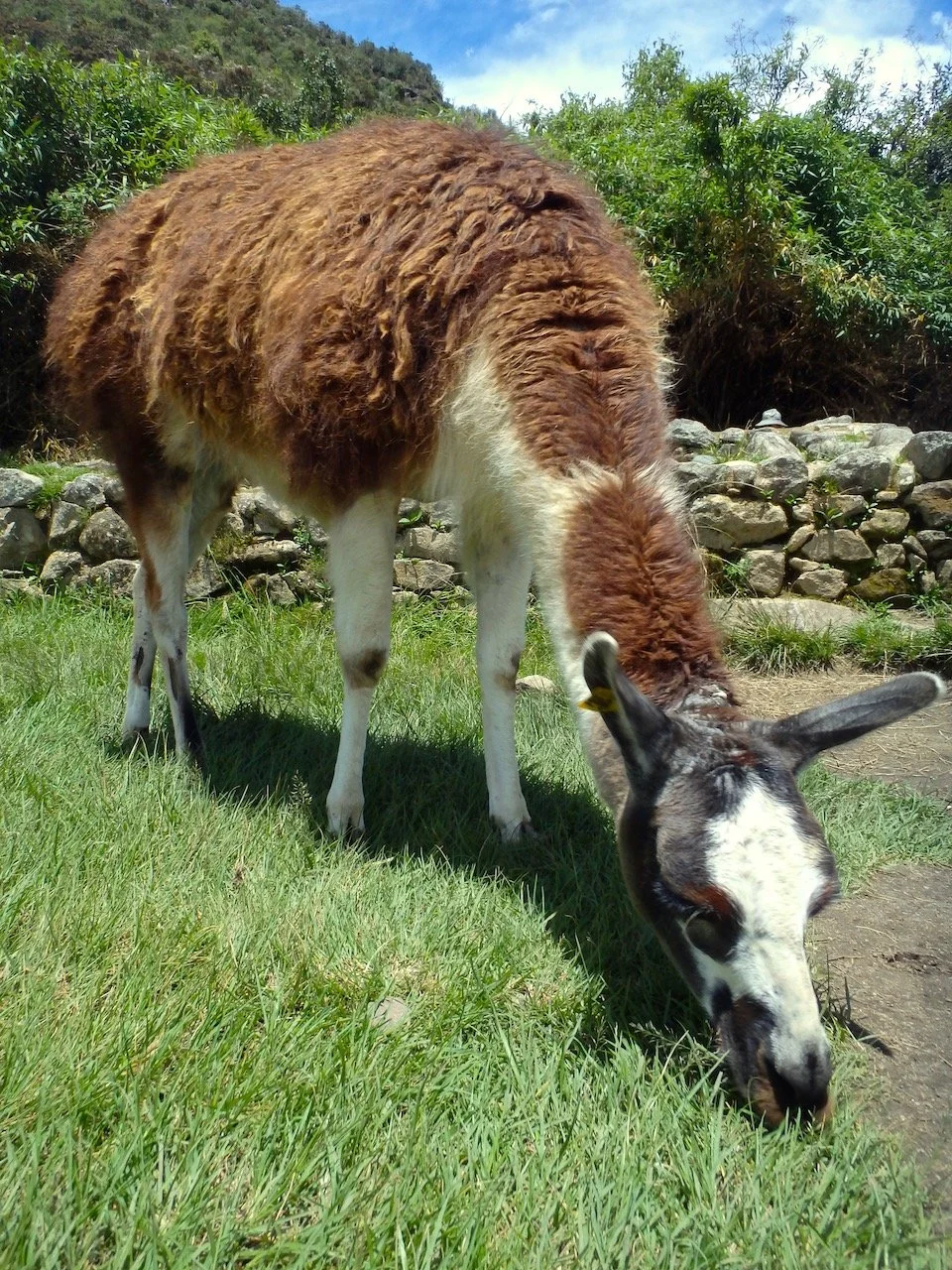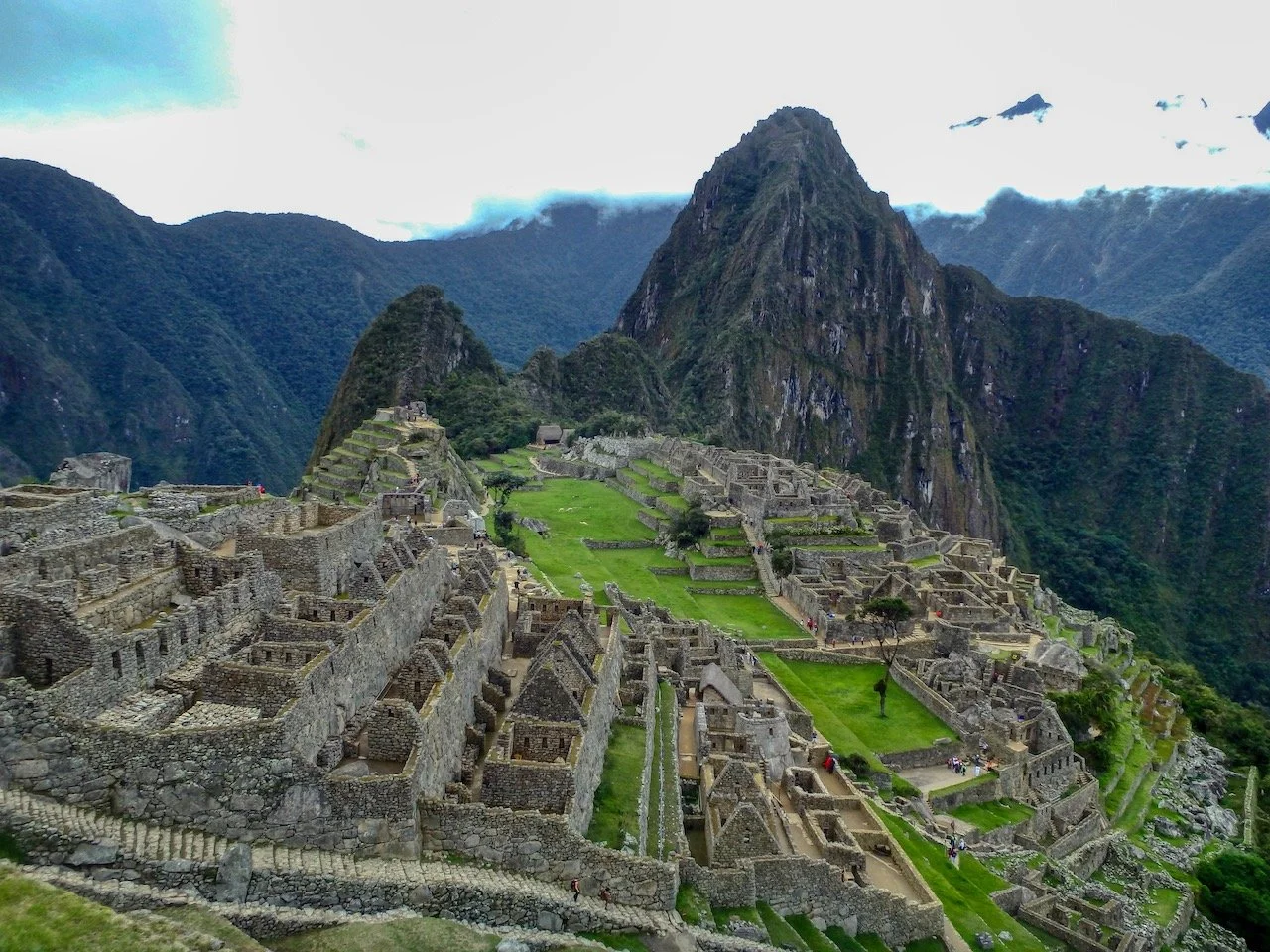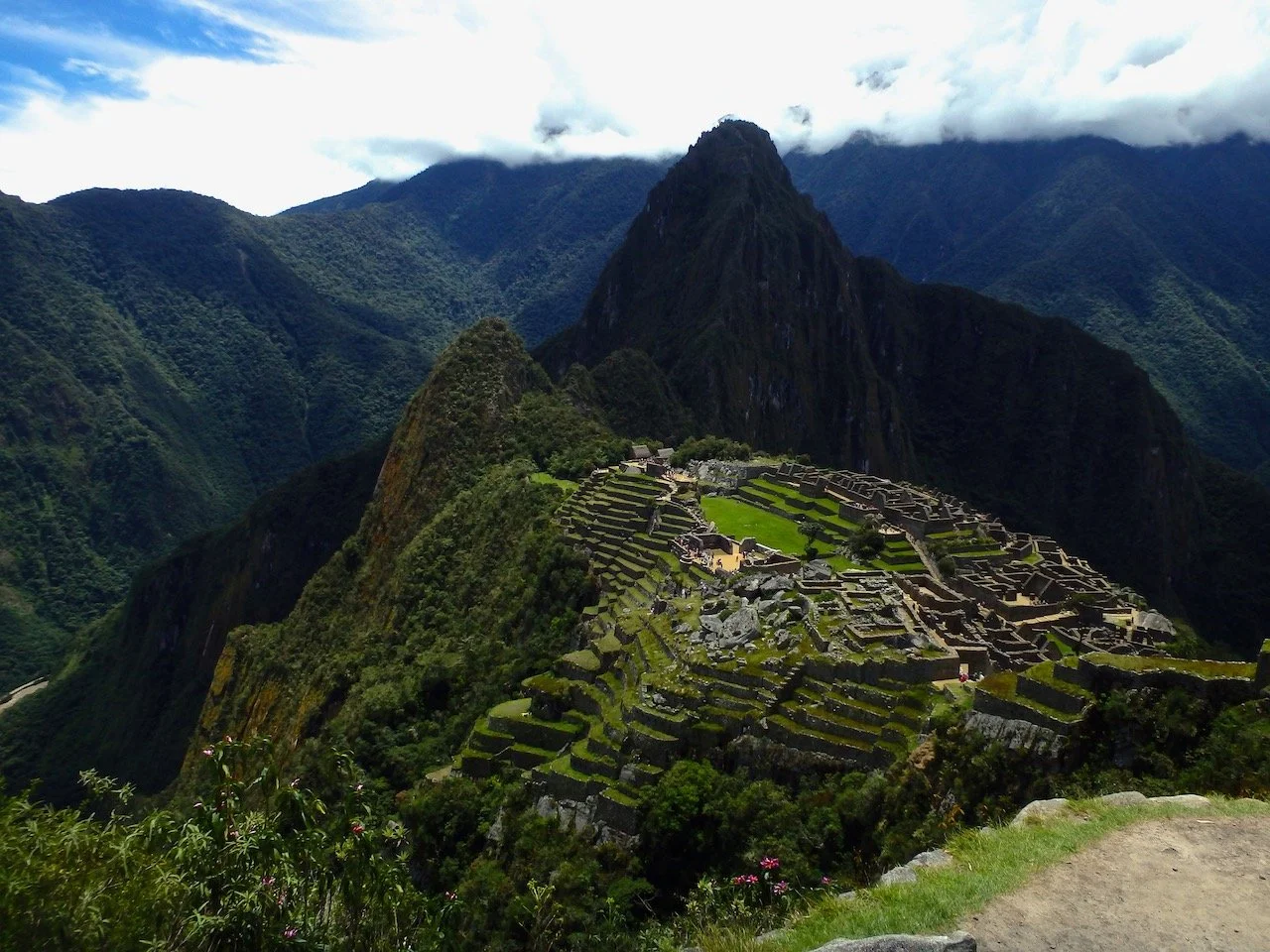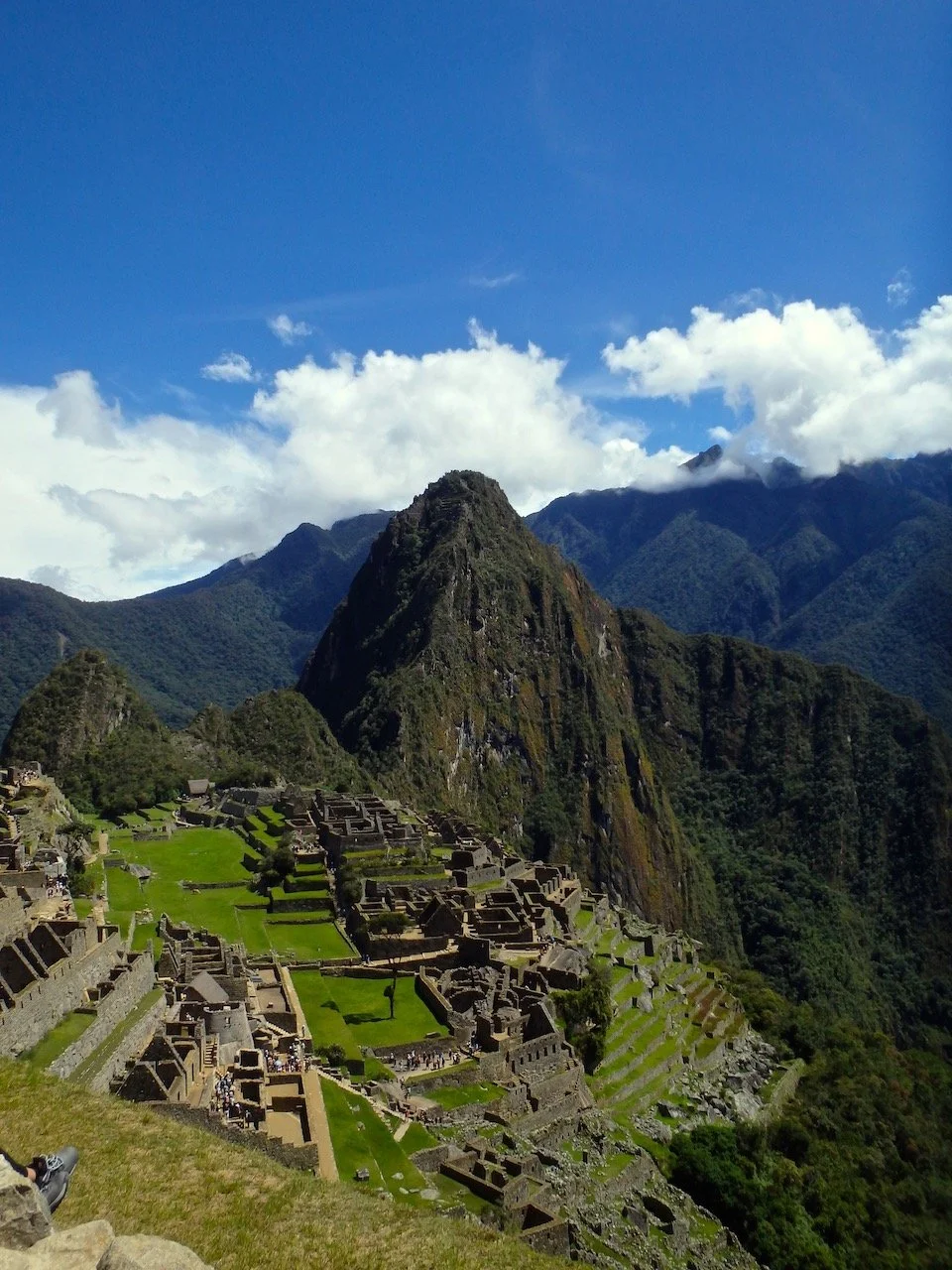A Journey to the Incan ruins of Machu Picchu in Peru
(Some links in this post are affiliate links. If you click through and take action, I'll be compensated.) If you are also interested in any PRINTS from any of my posts, be sure to check out my store where you can buy prints as posters, in metal/wooden frames or on canvas.
Growing up in the US, when it came to traveling the world and popular places to see, Machu Picchu always seems to come up in conversation. In my experience, Machu Picchu was often the backdrop of many dating app photos, presumably as the ‘look how cultured I am’ photo. Dating in my 20s aside, Machu Picchu, despite its popularity is a piece of history worth seeing.
Machu Picchu was an Incan citadel that was established in the 15th century. It is located in a region called the Sacred Valley which lies about 50 miles away from the Peruvian city of Cusco, which is a common staging point for tourists before heading to the Incan ruins.
Unfortunately, no written records exist that detail the function of the citadel when it was active. Nonetheless, much of Machu Picchu has been excavated and even restored by archaeologists based on Incan culture and doctrine. Machu Picchu is one of the NEW Seven Wonders of the World and a UNESCO World Heritage Site since 1983.
My time at Machu Picchu was part of a longer South American trip, where I also had the chance to see Bolivia and the famed Salar de Uyuni (blog post here).
How to get to Machu Picchu
In order to get to the lost Incan city, one must first fly into Peru. Lima is the capital city of Peru and is the most accessible airport in the country (Jorge Chavez Inernational Airport, Airport Code: LIM). However, Lima is a 20 hour drive (over 1000 km) to Cusco, which can obviously be done, but may not be the best use of time while abroad. You can fly into Alejandro Velasco Astete International Airport at Cusco (Airport Code: CUZ) and already be within 50 miles of Machu Picchi.
Then, one can take a train from Cusco to Machu Picchu. It is important to note that there is no direct train to Machu Picchu itself, but rather to Aguas Calientes, which is the village that accesses the Incan site. From there, you depart from whatever train you took and take a bus to Machu Picchu.
There are two train companies that operate from Cusco to Aguas Calientes: Peru Rail and Inca Rail. You can catch trains from either company from stations such as San Pedro, Wanchaq, Poroy, and Ollantaytambo in the wider Cusco area.
One can also hike the Classic Inca Trail to get to Machi Picchu. This 25 mile trek takes four days and takes you past archaeological sites such as Phuyupatamarca and Winya Wayna, through the Sacred Valley. If four days aren’t enough, one can opt for the six-day Salkantay trek. There are many tour companies that operate these treks that provide food, shelter, and a guide. Since I don’t have personal experience with these types of treks, specifically, I would suggest doing more research from a blog that has actually done it.
If you like some of my photos that you have come across, just know that I have many prints showcasing a variety of landscapes available for purchase below! (Sold as Posters, Canvas, or in Metal-Frames and Wooden-Frames).
A Brief History of Machu Picchu
Since the Incan civilization had no written language, there are no recorded visits of Europeans visiting Machu Picchu from the 16th to the 19th century. Furthermore, there are no records of Machu Picchu known during its period of active use by the Incas. Therefore, it is the work of archaeologists that have deduced the different parts of the site and how it functioned as a city.
Machu Picchu was believed to have been built in the 1450s and occupied from 1420 to 1530 AD using radiocarbon dating techniques. The construction of Machu Picchu covers the time period of two rulers, Pachacutec Inca Yupanqui and Túpac Inca Yupanqui. It is thought that after being used for 80 years, Machu Picchu was abandoned, presumably due to the pressure of Spanish conquerors across the entire Incan Empire.
Of the buildings on site, there are three primary structures: Temple of the Sun, Temple of the Three Windows, and the Intihuatana. Some of the other buildings on the site are reconstructions to give visitors an understanding of how the site was during its period of activity.
It is thought that the estate of Machu Picchu had a population of 750, most being supporting staff for the ruling elite. Most of these people were thought to be immigrants. This is because their skeletal remains contained bone damage from water parasites that were found in other areas of Peru, such as the coastal regions.
The animals of Machu Picchu are also not native to the surrounding areas. Alpacas and llamas typically live in altitudes of around 4,000 meters, which is starkly different than that 2400 meter elevation of Machu Picchu. Therefore, it is thought that these animals were brought in for consumptions.





Sacrifices, human or animal, are often found on Incan Empire ruins. In this case, usually a human sacrifice was made to accompany a recently deceased noble in the afterlife. Also, various animal sacrifices to the gods were made at structures like the Altar of the Condor.
Although there are no written records that the Incans kept of foreign visitors, there is record of the Spanish conquistador Baltasar do Ocampo visiting the site at the end of the 16th century. He detailed a mountain fortress with majestic buildings and ornate decor of marble and carves pieces.
Huayna Picchu
Huayna Picchu is the name of the mountain that towers over Machu Picchu itself. It sits 2,693 meters above sea level, which is 260 meters higher than Machu Picchu. The residence at the top of Huanya Picchu was for a high priest, who would signal the coming of a new day every morning.
You can find a trail up Huayna Picchu that culminates in a number of temples and terraces on the mountain top. In order to hike this trail, you also need to purchase an extra ticket specifically for Huayna Picchu. Huayna Picchu may be visited throughout the year, but the number of daily visitors allowed on Huayna Picchu is restricted to 400. There are two times that visitors may enter the Huayna Picchu Trail; entrance between 7:00 and 8:00 AM and another from 10:00 to 11:00 AM. The 400 permitted hikers are split evenly between the two entrance times.



